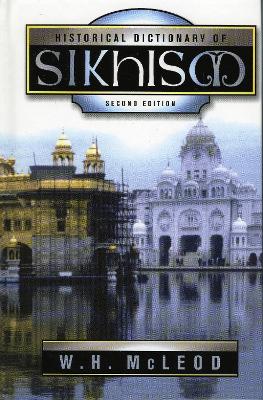Historical Dictionaries of Religions, Philosophies, and Move
1 total work
Contrary to popular opinion, there is more to Sikhism than the distinctive dress. First of all, there is the emergence of Guru Nanak, the founder of Sikhism, and the long line of his successors. There are the precepts, many related to liberation through the divine name or nam. There is a particularly turbulent history in which the Sikhs have fought to affirm their beliefs and resist external domination that continues to this day. There is also, more recently, the dispersion from the Punjab throughout the rest of India and on to Europe and the Americas. With this emigration Sikhism has become considerably less exotic, but hardly better known to outsiders. This expanded and updated second edition of the dictionary is an excellent place to learn more about the religion. It provides a chronology of events, a brief introduction that gives a general overview of the religion, and a dictionary with several hundred entries, which present the gurus and other leaders, trace the rather complex history, expound some of the precepts and concepts, describe many of the rites and rituals, and explain the meaning of numerous related expressions. All this, along with a copious bibliography, provides readers with an informative and accessible guide toward understanding Sikhism.
